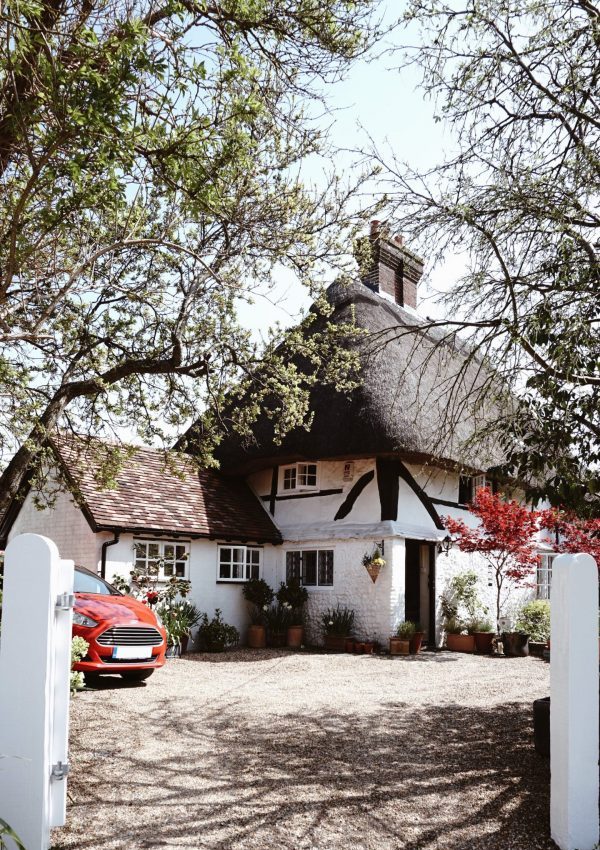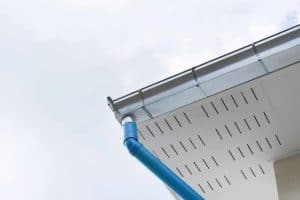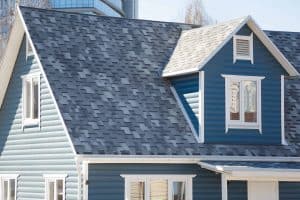Ever since humans first embarked on building shelters, there has been a need to prevent rain, snow, or sleet from entering from above. Thus, the first materials used were fundamental and were available to the hunter-gatherers that needed them.
For a long while, roofs were essentially just sticks, animal skins, or leaves. However, the roof has undoubtedly come a long way since its inception and today’s roof is certainly more robust.
As dwellings evolved, so did roofs. The first structures humans lived in were known as pit-houses and were dug into the ground. As houses started to come out of the earth, they became more complex and depended on different materials like straw, grass, or heather.
Here are some interesting facts about roofing history.

Here are some interesting facts about roofing history.
- Clay tiles are some of the oldest roofing materials that we know of currently. They are sturdy and effective at keeping the elements out and are still used today in some parts. Their use can be dated back to as far as 10,000 B.C
- Because reeds are naturally waterproof, they were a great source of roofing materials worldwide. When reeds were bundled tightly, they would shed oncoming rain and insulate the shelter. Predominantly used for thatched dwellings, reeds kept people, and shelters dry for a long time before any new roofing technology appeared.
- Today, asphalt shingle is by far the most popular form of roofing material. It lasts a long time and is relatively low cost. They have only been around for roughly 100 years, but they certainly do the job of protecting the modern home well.
- Gargoyles became the main gutter and only drainage after the Norman Empire between the 10th and 13th centuries. Most famously with the Notre-Dame de Paris completed in 1345.
- In many cultures worldwide, green roofs – which feature plants, grasses, and flowers-are still prevalent. This practice dates back many centuries, and if the roof is installed correctly, this method will contribute to a leak-free roof.

- With the invention of modern asphalt roofing shingles, it is no longer reasonable to replace the entire roof when a leak appears, or damage occurs. Instead, the shingles offer the ability to spot damage and repair it efficiently.
- Interlocking techniques for roofing tiles date as far back as 10,000 B.C in China. This technique was a giant stride forward for the advancement of roofing materials and technology. We still practice this method today in the modern application of roofs and their materials.
- The Romans were the ones who popularized red-tiled roofs in Middle Europe. They were durable, beautiful, and some of these roofs are still around until now.
- Different regions had different roofing specializations. For instance, ceramic roofs originated in Spain and have spread across the world (particularly popular in the American Southwest). Ceramic is a solid material which offers a great deal as far as protecting the structure it is attached to.
- Wood shingles were popular until about the early 1900s, when it was determined, they were too great a fire hazard. Luckily, advances in engineering and construction around this time meant there were asphalt shingles ready to replace them.
From using animal skins, sticks and leaves, to complicated composite materials, roofing has come a very long way since humans began building shelters.
While roofers have used some long-lasting favourite materials over the centuries, it seems the modern shingle is here to stay for a while. If you’re looking to modernize your roof, then contact us.

